Located in part of what was once the Palace of the Counts of Barcelona, and bounded by the Plaça del Rei and Carrer de la Tapiniera, Museu Frederic Marès is one of Barcelona’s major museums and a must-see for anyone who is interested in sculpture, religious art or medieval architecture. It also boasts a vast ‘cabinet of curiosities’ and is something of a curiosity itself on account the rare and diverse collections it houses, which reflect its founder’s obsession with collecting. The current entry price is €4.20 and the nearest metro station is Jaume I. It is free to visit on the first Sunday of each month, and every Sunday after 3pm.
Related article: Thought-inspiring museums in Barcelona
Table of Contents
History of the museum and its founder
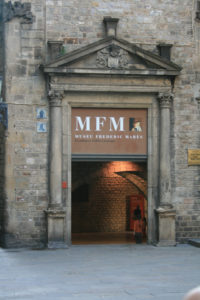


Photo credit: Ramiro Sánchez-Crespo via VisualHunt.com / CC BY-NC-ND
The building in which the museum is located has had a chequered and at times notorious history. At one time the palace of the royal Counts of Barcelona, it was later to become the headquarters of the Spanish Inquisition in the city. It has been rebuilt since these times, but the original Gothic verger (or courtyard) survives, as does the tympanum above the museum entrance which dates from the 16th century. Wealthy sculptor and collector Frederic Marès came to an arrangement with the Ajuntament de Barcelona, whereby he would bequeath his collection to the city after his death if they agreed to house it in a museum located in the Gothic Quarter. So it was that the museum was opened in 1946, with extension work carrying on until 1970 when the building reached its current form. During his long lifetime (1893-1991) Marès used it to house his burgeoning collection of sculpture and artifacts dating from the Iberian period right up to the 20th Century. Since his death, at the age of 98, the Ajuntament (City Council) has operated the museum which represents an important collection of Catalan sculpture and religious art.
Related article: Edgiest museums in Barcelona
Tour of the museum
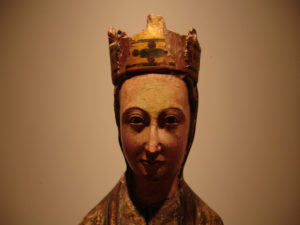


Photo credit: appelogen.be via VisualHunt / CC BY-NC
The tour starts on the ground floor, with a display cabinet boasting an extensive collection of Iberian votive offerings (5th – 1st Centuries BC). Next are the displays of Stone sculpture, including a marble head of the Emperor Augustus dating from the 1st century BC. Down the stairs at basement level are examples of impressive stone doorways and windows from the medieval period. The main museum collection is that of polychrome religious sculpture, mostly wood carvings from churches in the region. This exhibition fills the entire ground and first floors of the building. The second and third floors house the ‘Collectors Cabinet:’ this is a miscellany of art and artifacts dating mainly from the 19th Century. Objects on display range from weapons to seashells, from ladies fans to tobacco pipes. Perhaps they say as much about the collector and his obsession with preserving the details of the past as they do about the former owners of the objects. Examples of Marès’ own sculptures can be seen in the library-study of the second floor.










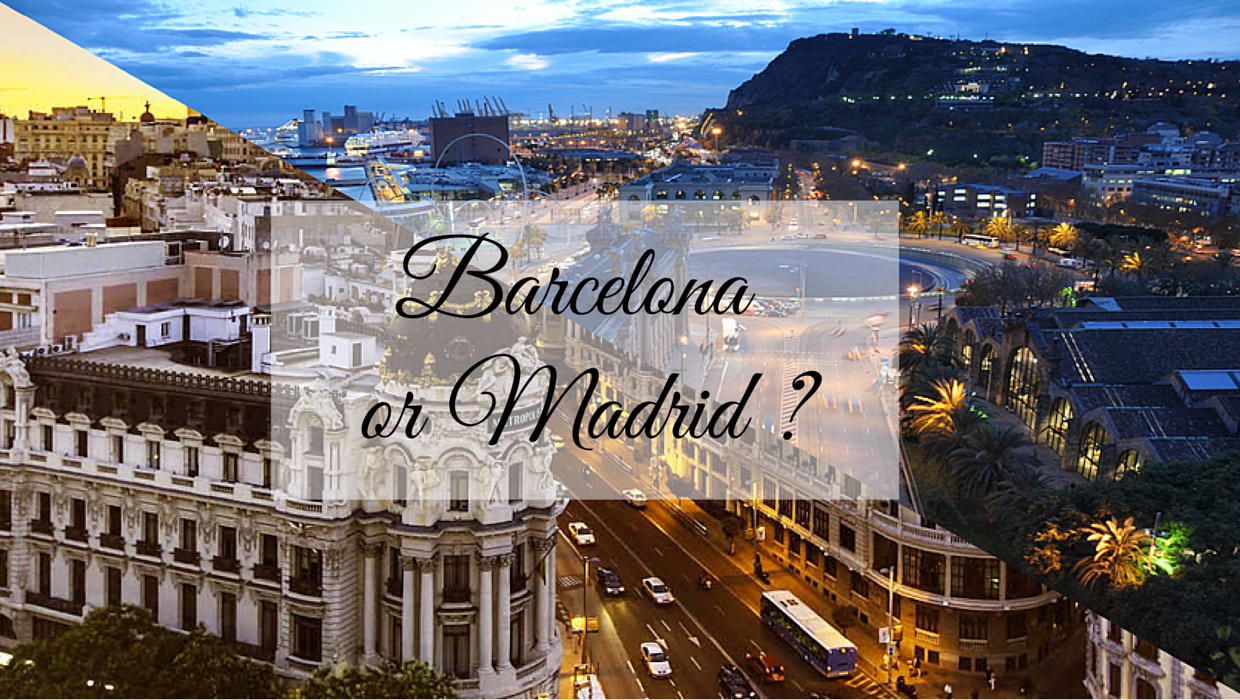
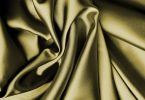

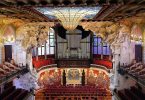
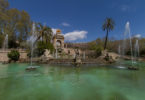
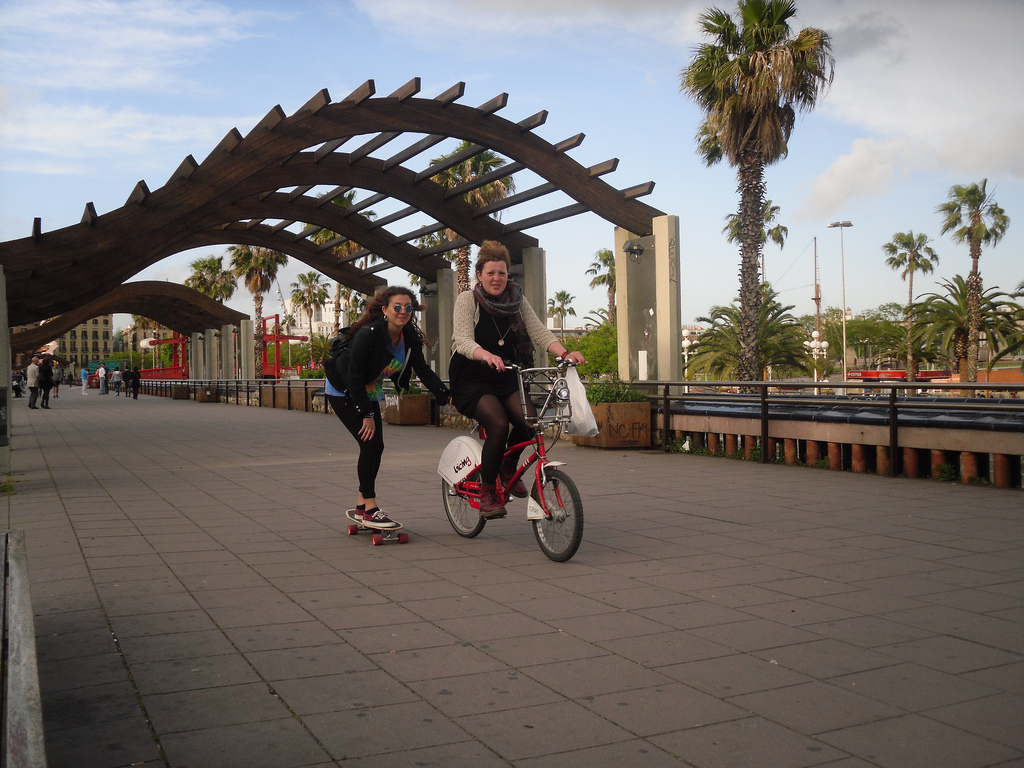


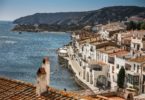
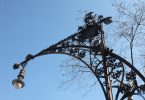

Leave a Comment